Defining reality, playing with illusion with Robert Frost, Hilma Af Kilnt and more...
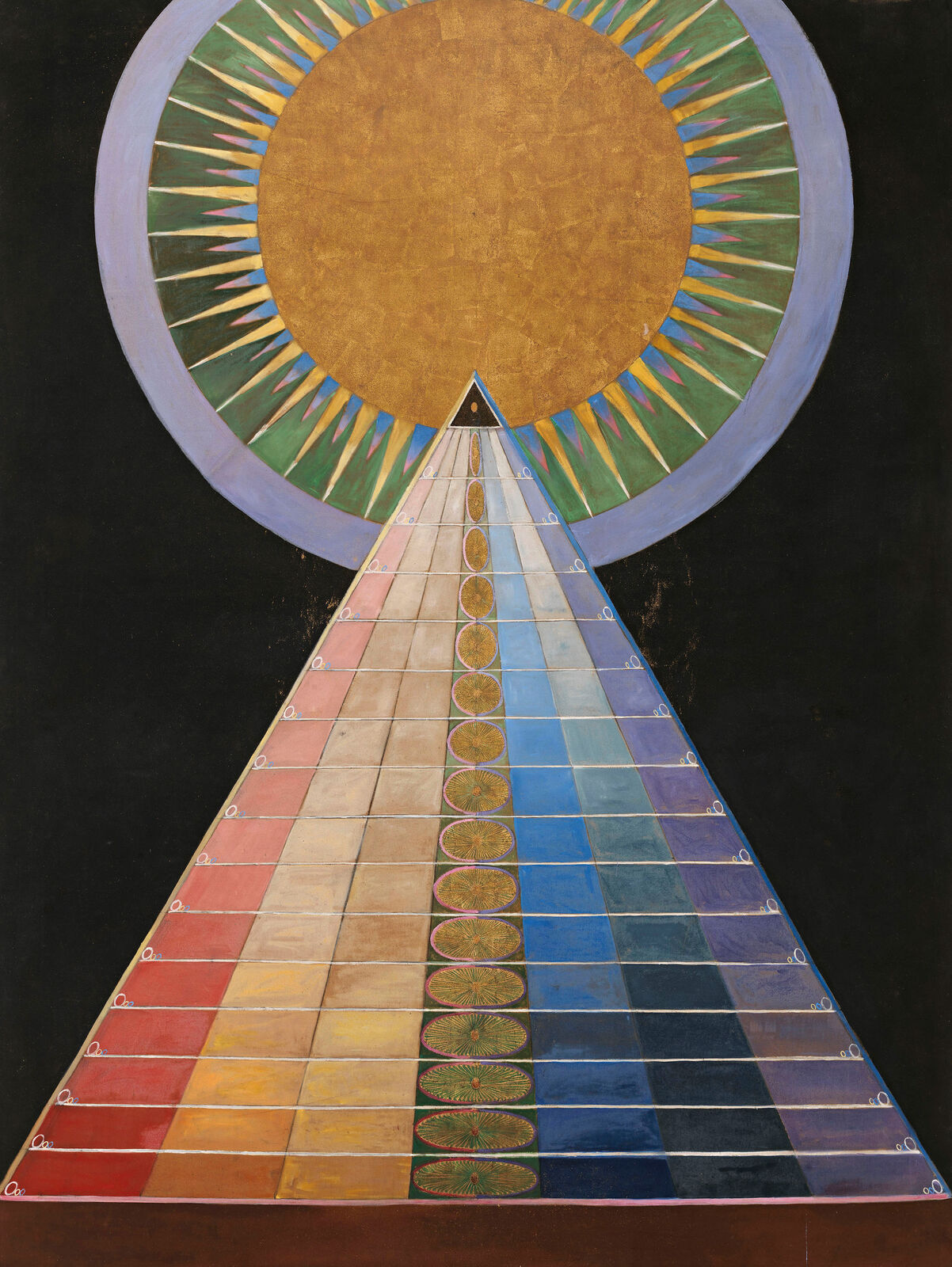
When the snow falls silently overnight, by morning the world seems transformed, dazzlingly optimistic, bright, cleansed of the bad habits and dust of the previous months. I’m not sure if it’s the same for those who have grown up in snowy climes, but for me – an immigrant from the rainy end of a rainy isle – a fresh blanket of snow is magic.
But like a lot of magic, it’s an illusion. If the snow doesn’t continue to fall, soon the slush and ice turn the ground grey and slick. It’s the ephemerality of snow that is so special – its constant inconstancy. In the mirage of boundaryless, un-tracked roads, we experience the possibility of order, smoothing over chaos like a heavy blanket.
In Native American traditions, the full moon in February is called the Snow Moon, and the name “February” stems from the month-long Roman festival of purification, Februalia. Cleansing and snow – at once ritual, magical and prosaic – seem to sit closely beside one another. They offer an opportunity to look ahead to an imagined version of how we might be in the future – pristine, clear, unhindered.
So to this month’s wellspring: illusion, reality and transformation.

Dust of Snow – Robert Frost
The way a crow
Shook down on me
The dust of snow
From a hemlock tree
Has given my heart
A change of mood
And saved some part
Of a day I had rued.
A master of rhyme in a form that can be so unforgiving, Robert Frost is admired for the deceptive simplicity of his poems. In this sweet and short verse, his introverted, conversational style feels muted and gentle – rather like a walk in the snow.
The snow mentioned in this poem is just a dusting – almost nothing – yet it has the transformational power to change how he feels about his day. The crow – a black-coated, heavy-footed bird, often symbolic of wisdom and transformation – acts as the catalyst for the change.
The hemlock mentioned here is not the spriggy weed that allegedly killed Socrates, but rather the tree from the pine family. In fact, the needles of the hemlock tree can be used to make a vitamin-C-rich tea. The healing power of the forest is increasingly well documented, with multiple studies showing that spending time around and looking at trees reduces stress, lowers blood pressure, cortisol and adrenaline, and improves mood. So perhaps it wasn’t just the snow that caused the shift in Frost’s day, but also the gentle stroll through the woodland.
The Dopamine Clock Hypothesis explains how an animal’s internal clock speeds up when it’s experiencing dopamine release. It’s essentially the sciencey version of the saying: “time flies when you’re having fun”. But the opposite is true too. Our sense of time slows down when we’re doing something we don’t like. For example: how long does two minutes of burpees feel in comparison to two minutes of an excellent film? But then, our sense of mental time, according to William Skylark, a researcher at Cambridge University, is a “pretty fragile metric for physical duration”.
In a new book by Guardian columnist Oliver Burkeman, our lifetime is broken down not by years, but by weeks. In Four Thousand Weeks: Time Management for Mortals, Burkeman explains how breaking time into weeks rather than years can bring more gentle attention to the days of the weeks. The focus, he implies, is not to burden your years with impressive and cumbersome goals, but to humbly accept our insignificance in the grand spectrum of the universe, and see the intrinsic value in the small things we do every single day.
Burkeman says:
“It comes as a relief to be reminded of your insignificance. It’s the feeling of realising that you’d been holding yourself all this time to standards you couldn’t reasonably be expected to meet. […] Once you’re no longer burdened by such an unrealistic definition of a life well spent, you’re free to consider the possibility that many more things than you’d previously imagined might qualify as meaningful ways to use your finite time. You’re freed, too, to consider the possibility that many of the things you’re already doing with it are more meaningful than you’d supposed and that until now, you’d subconsciously been devaluing them on the grounds that they weren’t ‘significant’ enough. From this new perspective, it becomes possible to see that preparing nutritious meals for your children might matter as much as anything could ever matter, even if you won’t be winning any cooking awards, or that your novel’s worth writing if it moves or entertains a handful of your contemporaries, even though you know you’re no Tolstoy, or that virtually any career might be a worthwhile way to spend a working life, if it makes things slightly better for those it serves.“

Before Malevich, Mondrian, and Kandinsky, Swedish painter Hilma Af Kilnt was holding séances and channelling “high masters from the beyond” to create stunning abstract imagery. The subtle colours, spiralling forms and sense of playful, buxom composition have a spring-like optimism. Even in the triangular Altar Piece and her geometric Parsifal Series, Af Kilnt’s gentle watercolour and pastel tones are fresh-looking, modern and sprightly.
Af Klint has not had as much publicity as her contemporaries, and her works have often been overlooked as part of the abstract art movement. Even as recently as 2012, in an exhibit at the MoMA entitled Inventing Abstraction 1910-1925, Af Klint’s work was conspicuously absent. This might be because, after advice from her friend the philosopher Rudolf Steiner, she stipulated that her paintings could not be exhibited until twenty years after her death, at a point in time when they might be better understood.
At the time, séances, mysticism and spiritualism were growing in popularity, and Af Klint’s second sight played into Victorian obsessions with the supernatural. Parlour magic and illusions – whether table-rappings, trances or sleight-of-hand – were seen as scientifically exciting and entertaining. And while today, we tend not to seat science, art and magic at the same table, our fascination with what is known, knowable or otherwise, persists. Abstract art continues to explore ideas of consciousness and spirit, and things as yet unknown.
At the end of January we said goodbye to a dear teacher, Zen master Thich Nhat Hanh (who is also known as Thây, meaning teacher). It is impossible to write in a short newsletter the profound work, teachings and traditions that Thây contributed to the world during his 95 years, but we are lucky that his books (over 130 of them!), the open Plum Village monastery, plus various recordings and films continue to give us access to his incredible legacy. I recommend spending time watching Walk With Me, listening to this short lecture, or reading one of his classic books, such as Peace Is Every Step. Rest in us, Thây.

Perhaps the ultimate illusion is the one that goes on inside the smooth encasement of our skulls. Our thoughts can seem like an incessant radio station – BBC Radio Me – beaming out ceaselessly day after day. We live our lives narrated by this internal monologue, and it’s easy to begin to identify with it as our ‘self’, which in turn distinguishes us from others, and from the world around us.
Thây said: “There’s no separation between self and other, and everything is interconnected. We are here to awaken from our illusion of separateness. For things to reveal themselves to us, we need to be ready to abandon our views about them.”
So for the remainder of this short month, we hope you find sweet moments of pleasure, meaning in simple tasks, and a few moments to breathe, tune out the noise, and sink into a space of just being.
It was a long letter this month, so well done for making it to the end! But just one more thing: a song we wrote about illusion. Listen here.
May you be well, happy, whole, and free.
T & B
~~~~~~
Invite your friends to subscribe!
![]() Unlikely meeting points & unlikely collaborations 🌗
Unlikely meeting points & unlikely collaborations 🌗![]() Sit in the middle of things 🧘♀️🪻
Sit in the middle of things 🧘♀️🪻![]() 5 things I learned at a Buddhist monastery
5 things I learned at a Buddhist monastery![]() 6 good things to do
6 good things to do![]() Extraordinary ordinariness: space orbits and sleeping dogs
Extraordinary ordinariness: space orbits and sleeping dogs![]() The ebb and flow of things
The ebb and flow of things![]() A short breath in the bardo
A short breath in the bardo![]() A slender cord of grace
A slender cord of grace![]() Artists reflect on water
Artists reflect on water![]() A love letter to a loaded gun
A love letter to a loaded gun![]() Are you for real?
Are you for real?![]() What is a good life?
What is a good life?![]() Who decides what you think?
Who decides what you think?![]() When new year should be according to history...
When new year should be according to history...![]() Does Mozart really make you smarter?
Does Mozart really make you smarter?![]() Old stories to find light in dark times
Old stories to find light in dark times![]() The human need to put things together
The human need to put things together![]() The power of trends: the good, the bad and the pumpkin-spiced.
The power of trends: the good, the bad and the pumpkin-spiced.![]() From terrestrial to celestial – where do we find inspiration?
From terrestrial to celestial – where do we find inspiration?![]() The illusion of ownership
The illusion of ownership![]() Let’s go down the rabbit hole 🐇
Let’s go down the rabbit hole 🐇![]() Identity, the artist, and #goblinmode
Identity, the artist, and #goblinmode![]() Punk and her godmothers
Punk and her godmothers![]() The ultimate journey – homecoming, heroes and wholeness.
The ultimate journey – homecoming, heroes and wholeness.![]() It’s mushroom month...
It’s mushroom month...![]() Robots, AI and artistry, oh my!
Robots, AI and artistry, oh my!![]() Longevity, love and memory...
Longevity, love and memory...![]() Summer, Freud and a sonnet...
Summer, Freud and a sonnet...![]() When surreal makes sense – exploring with Dorothea Tanning, Olga Tokaczuk and more...
When surreal makes sense – exploring with Dorothea Tanning, Olga Tokaczuk and more...![]() Twists and turns with Mary Oliver, Alan Watts and Astrid Lindgren...
Twists and turns with Mary Oliver, Alan Watts and Astrid Lindgren...![]() First flowers of spring: the need for beauty and hope at all times
First flowers of spring: the need for beauty and hope at all times![]() Defining reality, playing with illusion with Robert Frost, Hilma Af Kilnt and more...
Defining reality, playing with illusion with Robert Frost, Hilma Af Kilnt and more...![]() Celebrating the cycles of light and dark with Joan Didion, Danez Smith and more...
Celebrating the cycles of light and dark with Joan Didion, Danez Smith and more...
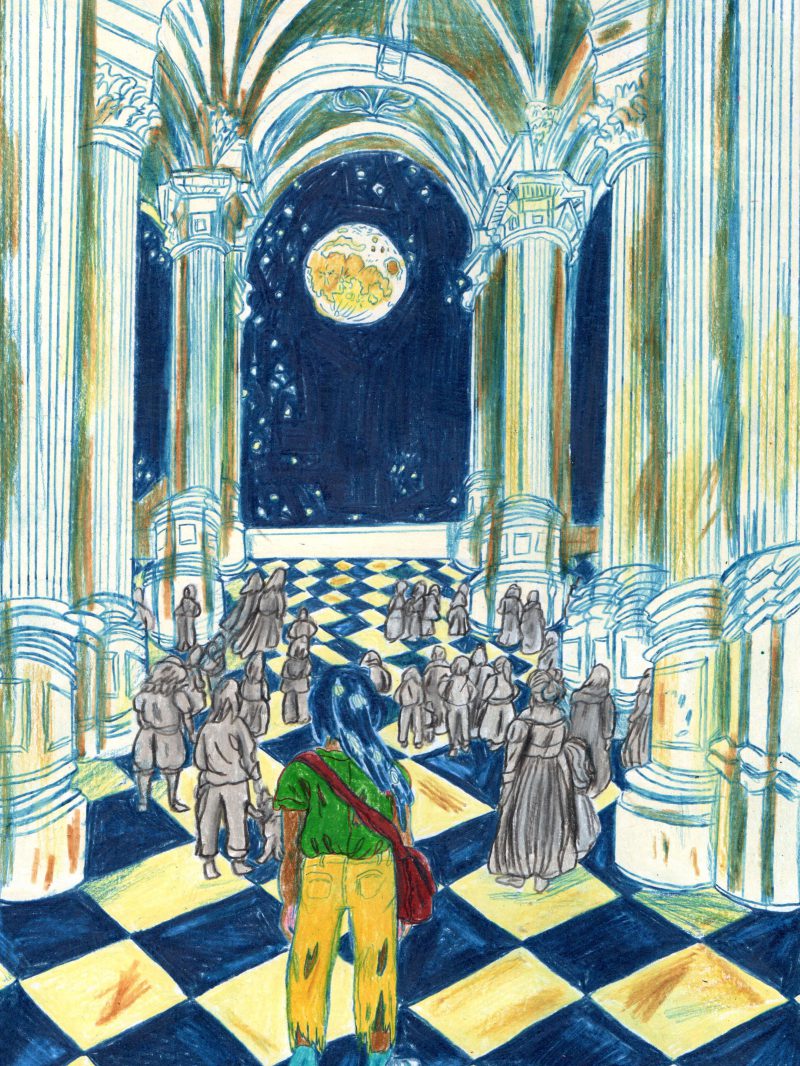 Unlikely meeting points & unlikely collaborations 🌗
Unlikely meeting points & unlikely collaborations 🌗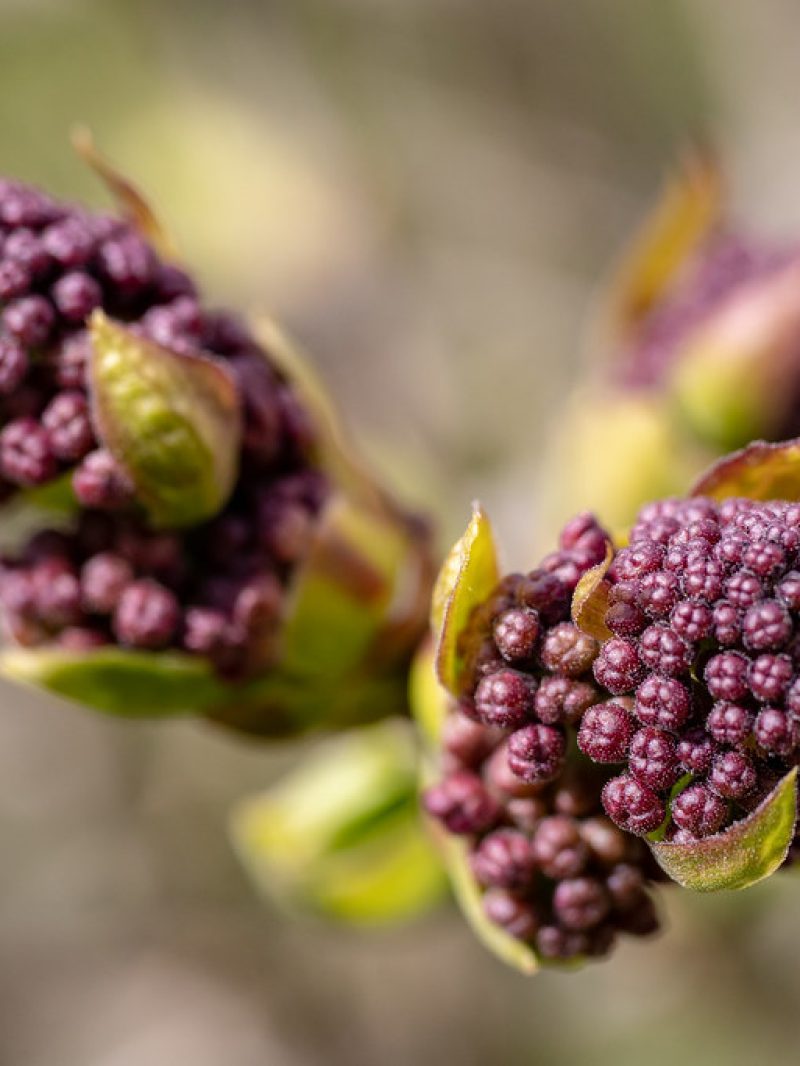 Sit in the middle of things 🧘♀️🪻
Sit in the middle of things 🧘♀️🪻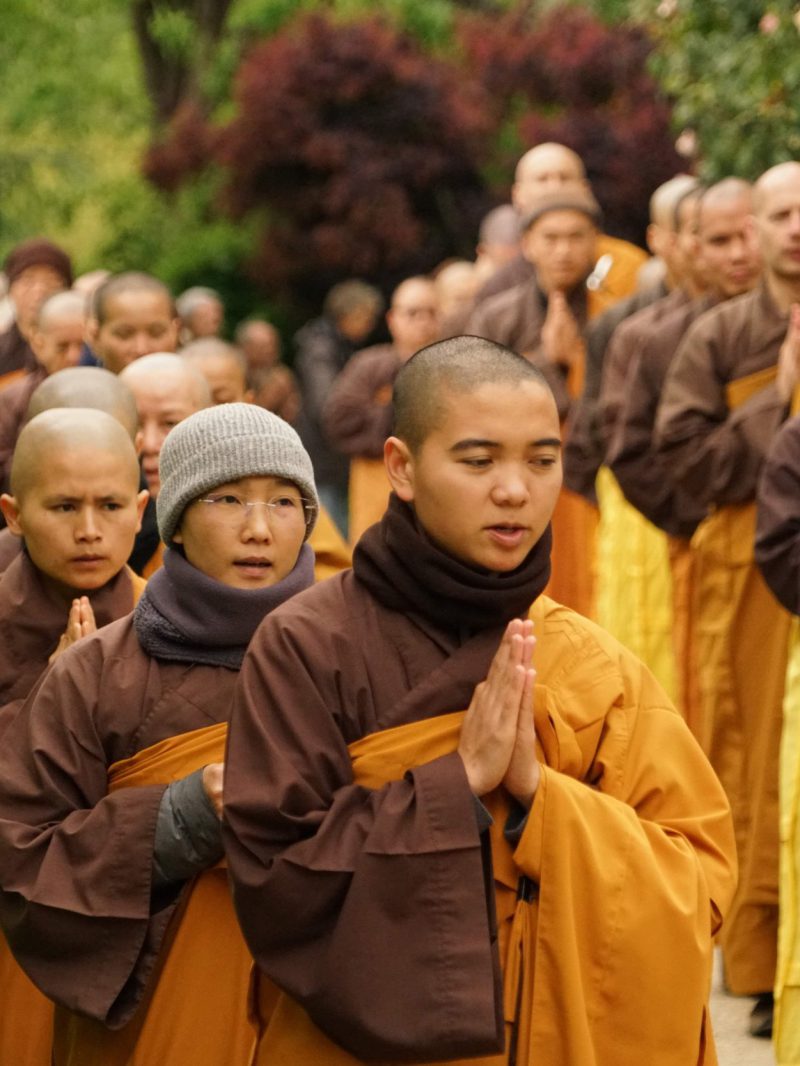 5 things I learned at a Buddhist monastery
5 things I learned at a Buddhist monastery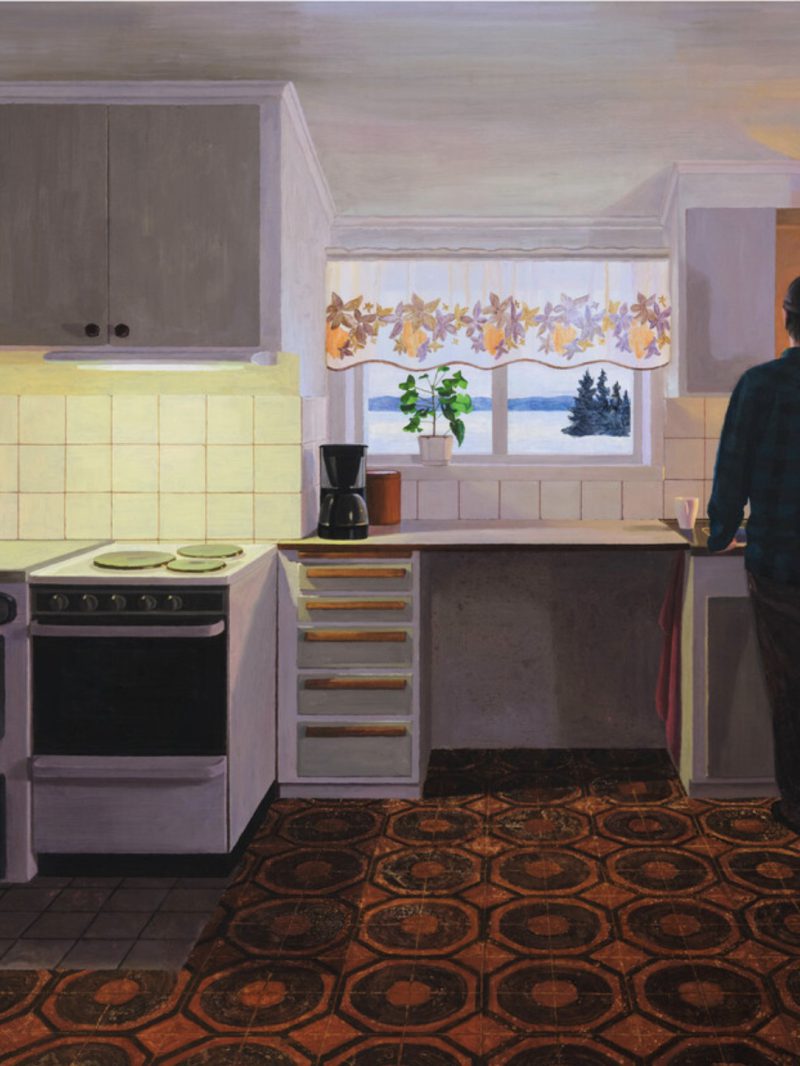 6 good things to do
6 good things to do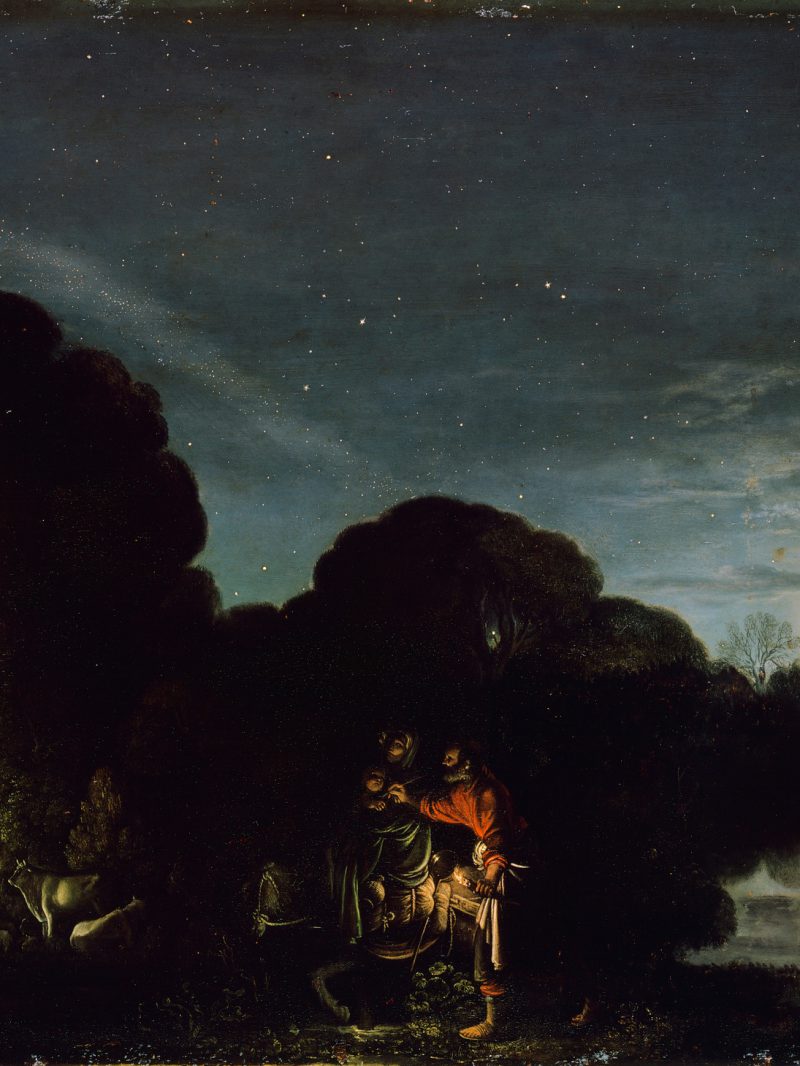 Extraordinary ordinariness: space orbits and sleeping dogs
Extraordinary ordinariness: space orbits and sleeping dogs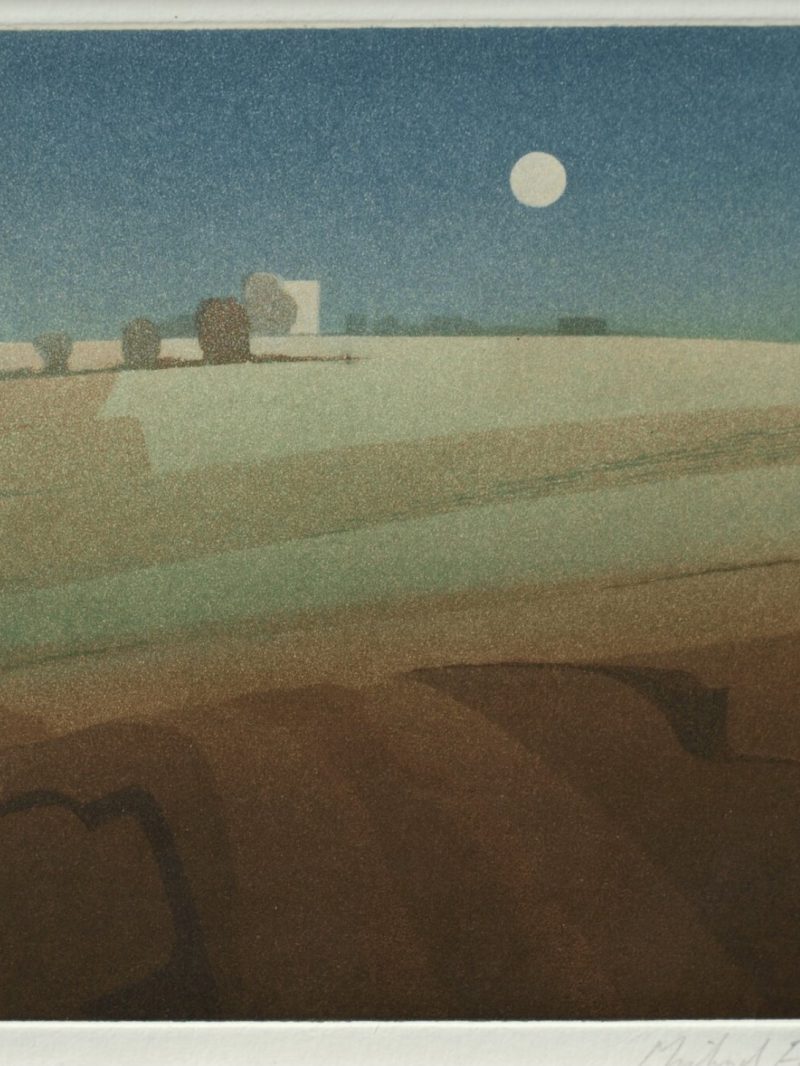 The ebb and flow of things
The ebb and flow of things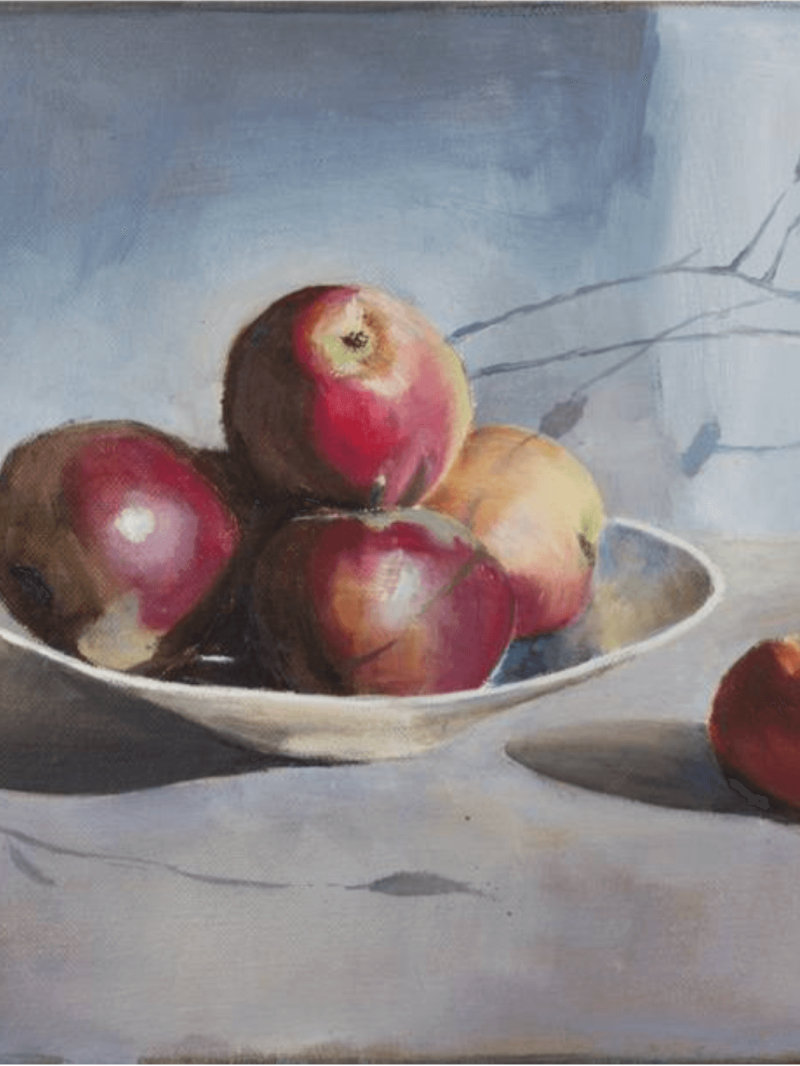 A short breath in the bardo
A short breath in the bardo A slender cord of grace
A slender cord of grace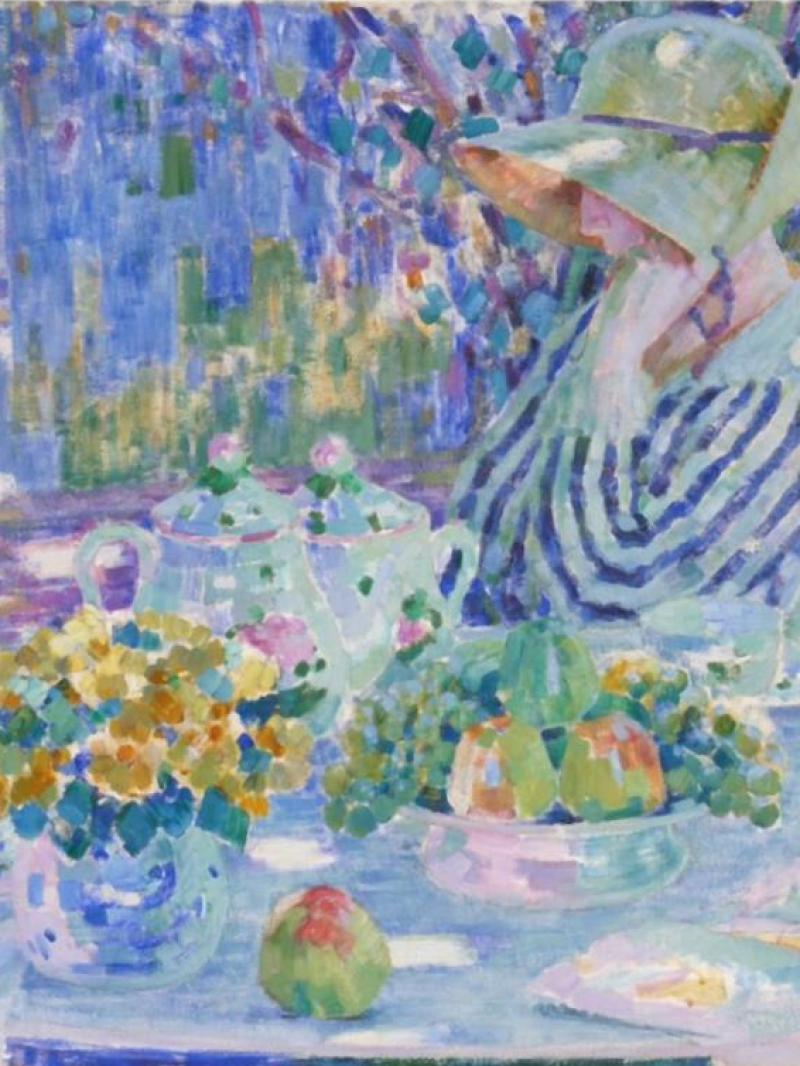 Artists reflect on water
Artists reflect on water A love letter to a loaded gun
A love letter to a loaded gun Are you for real?
Are you for real?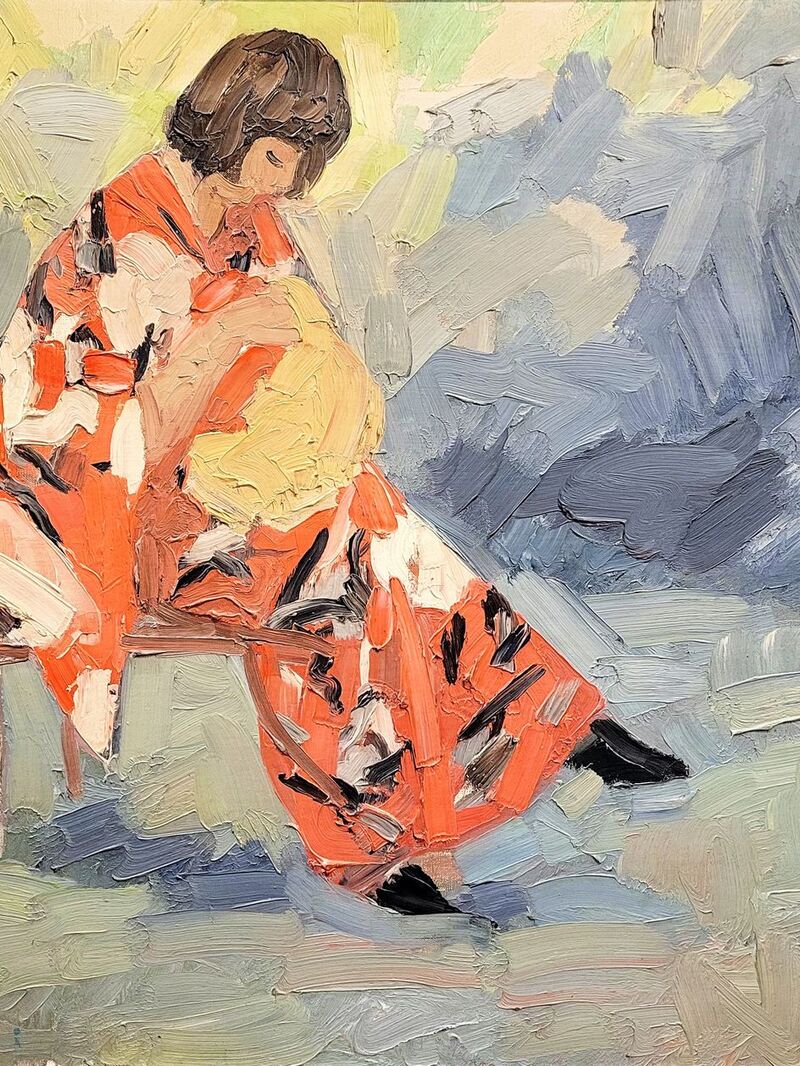 What is a good life?
What is a good life?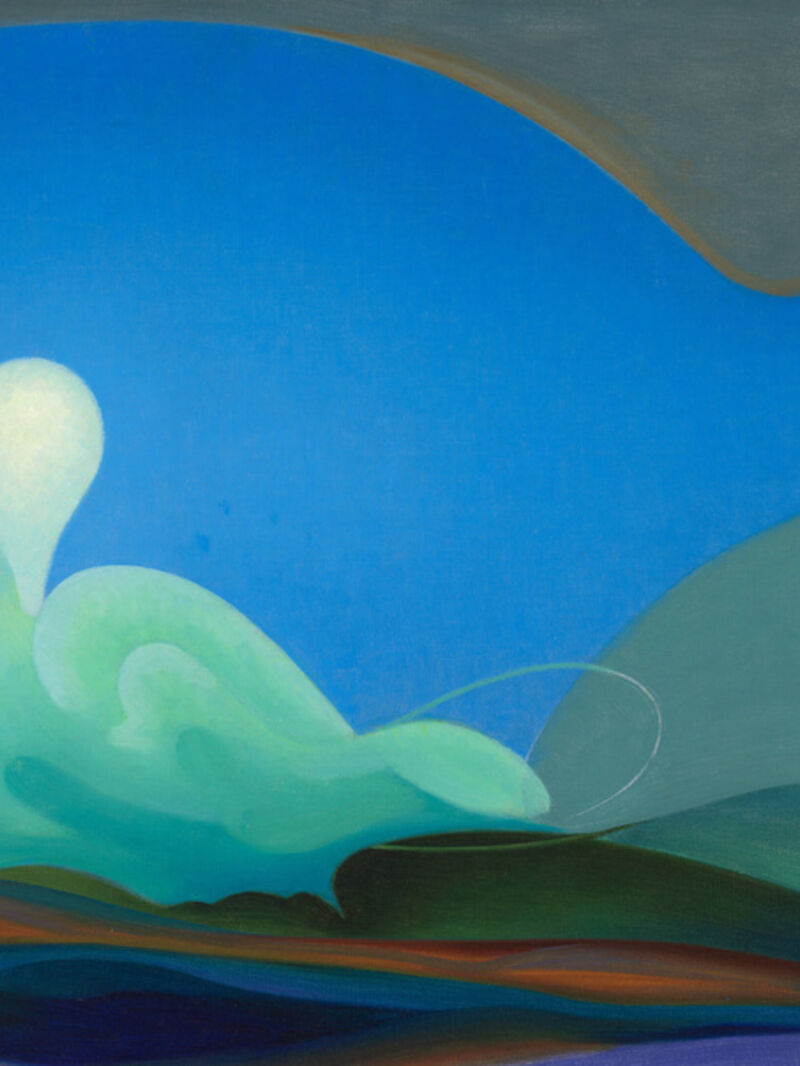 Who decides what you think?
Who decides what you think?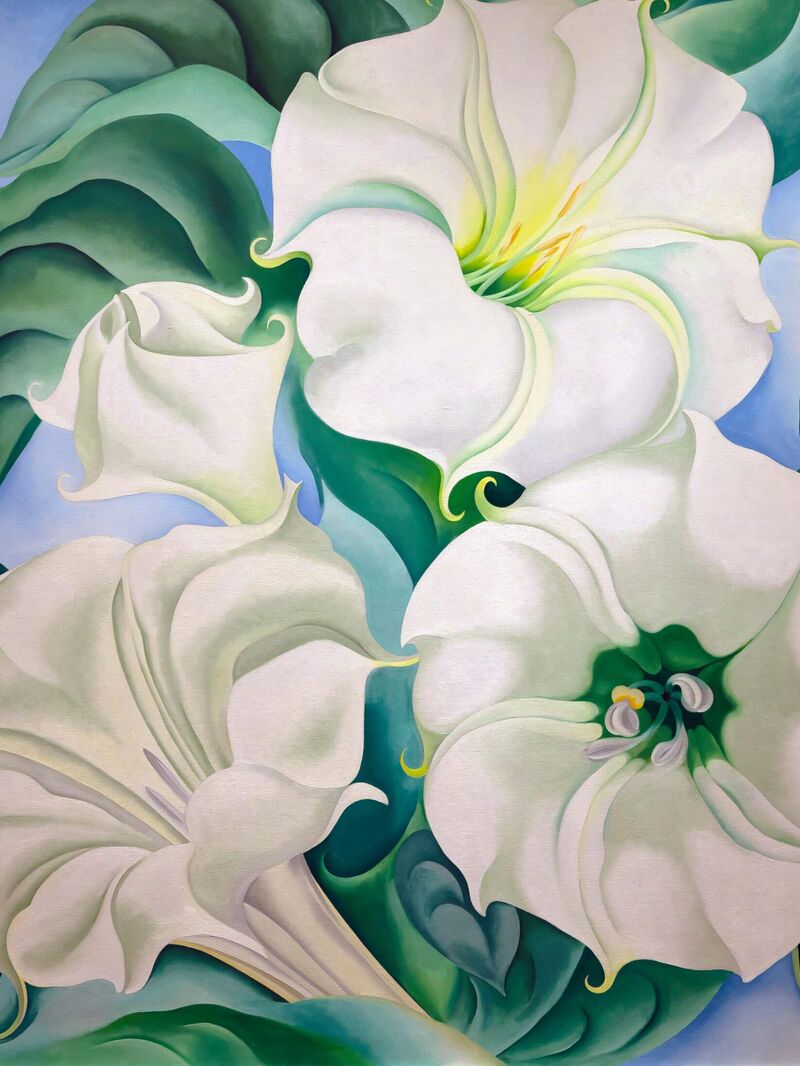 When new year should be according to history...
When new year should be according to history...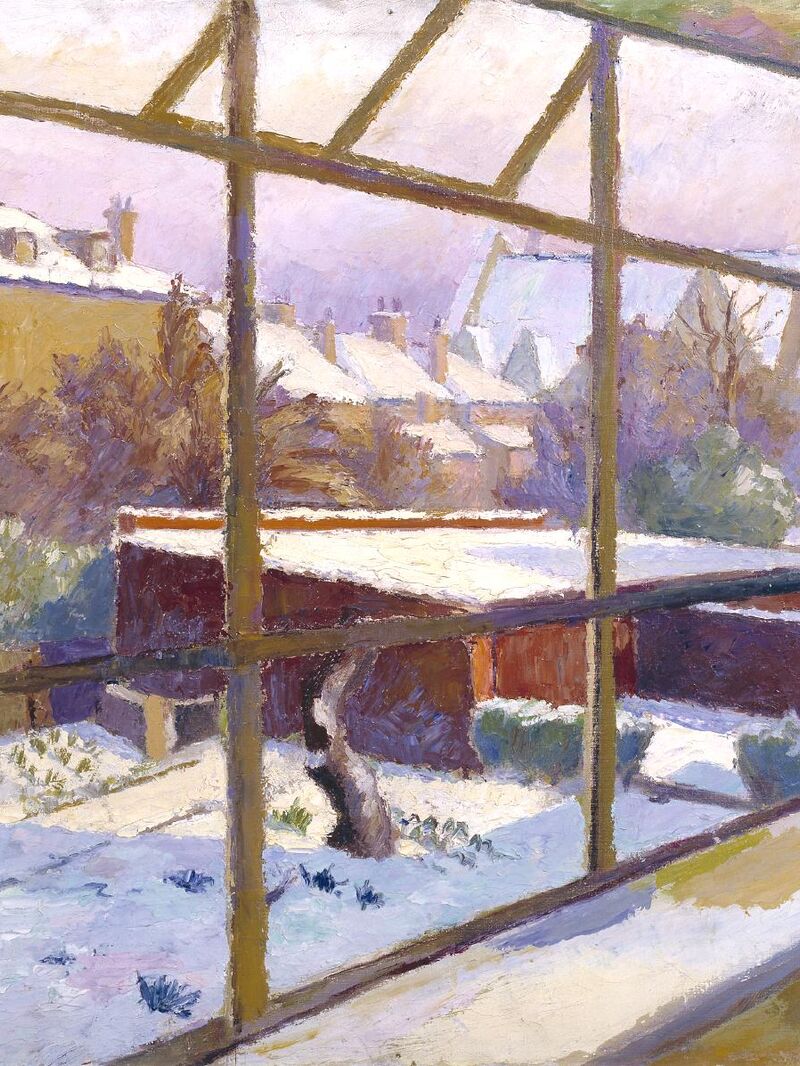 Does Mozart really make you smarter?
Does Mozart really make you smarter?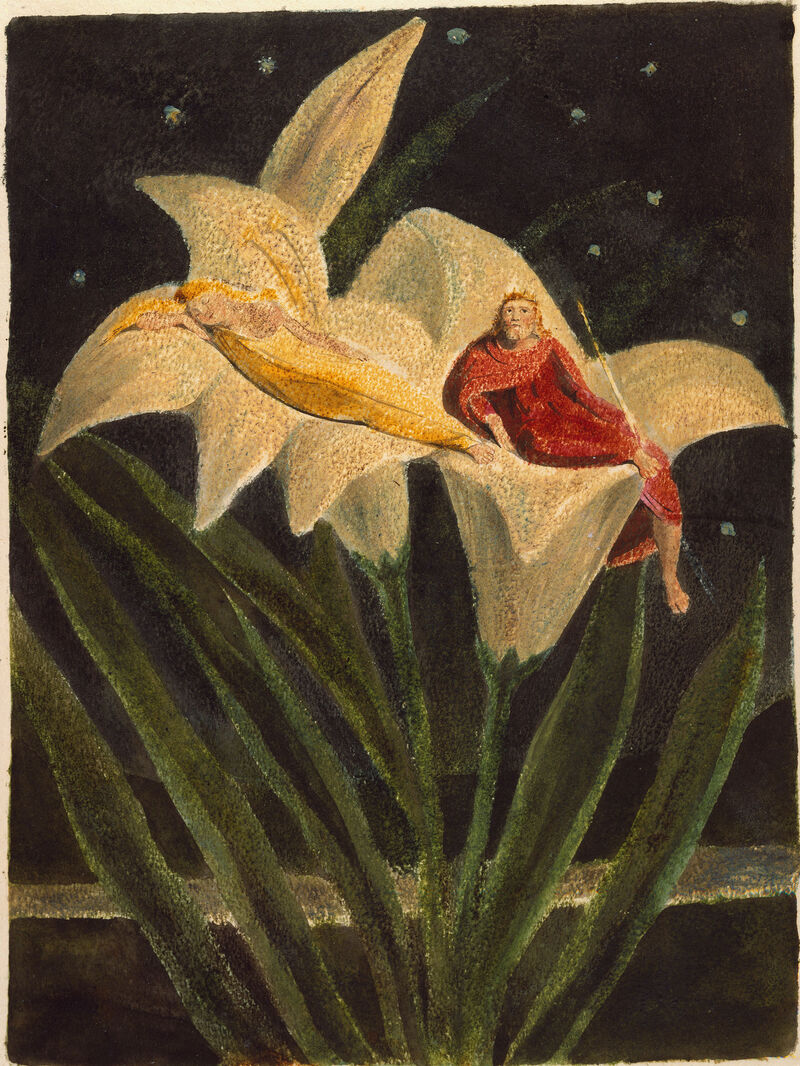 Old stories to find light in dark times
Old stories to find light in dark times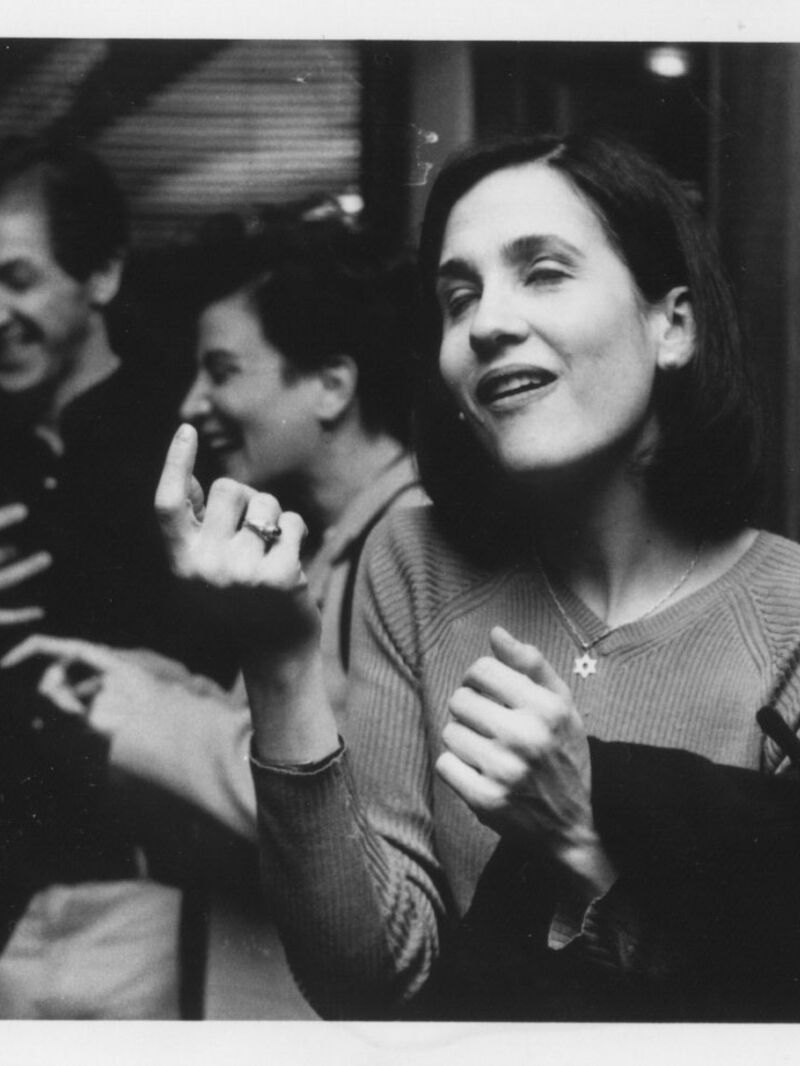 The human need to put things together
The human need to put things together The power of trends: the good, the bad and the pumpkin-spiced.
The power of trends: the good, the bad and the pumpkin-spiced.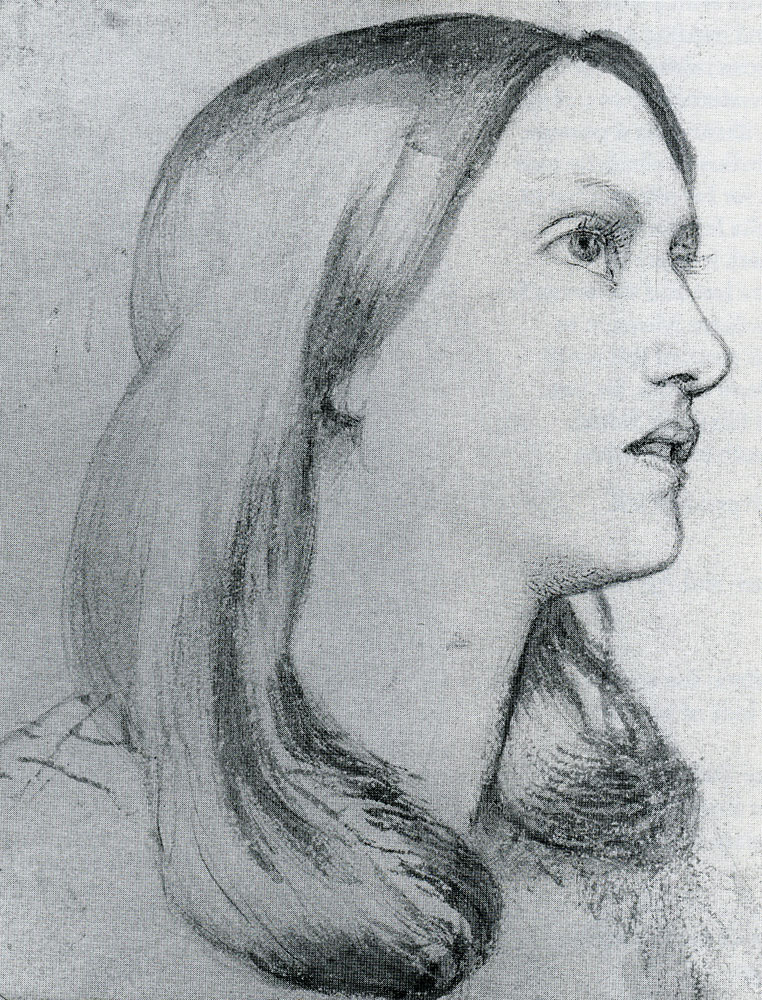 From terrestrial to celestial – where do we find inspiration?
From terrestrial to celestial – where do we find inspiration?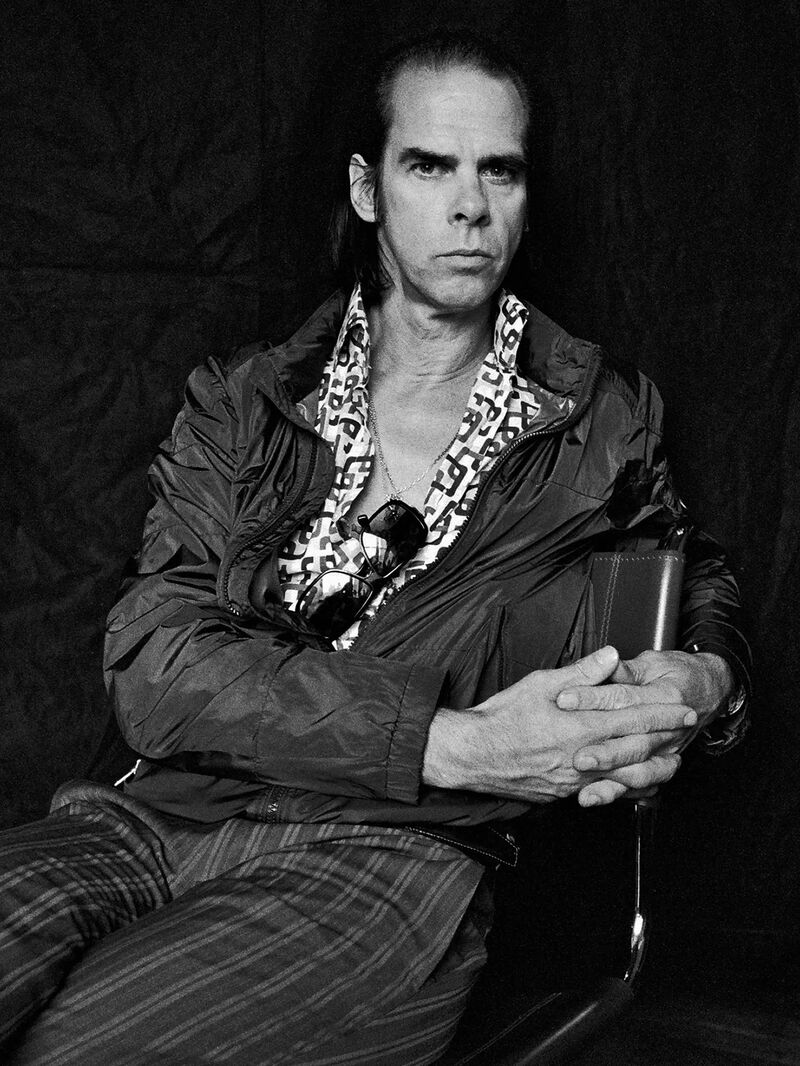 The illusion of ownership
The illusion of ownership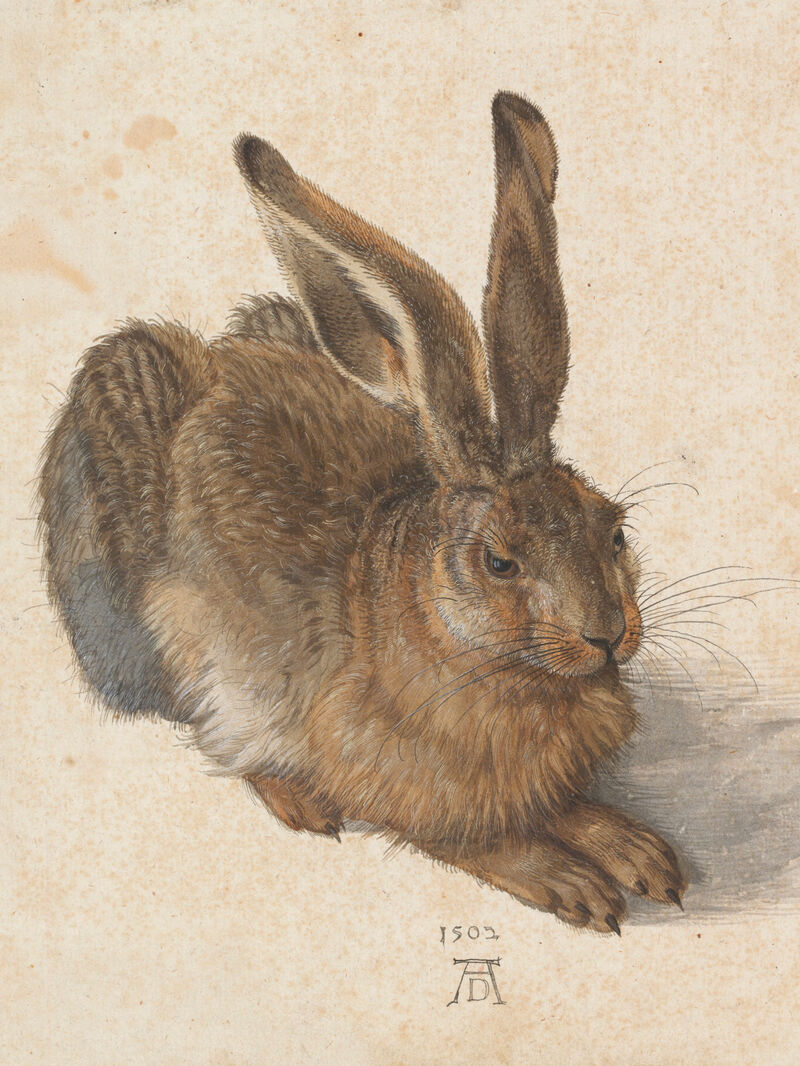 Let’s go down the rabbit hole 🐇
Let’s go down the rabbit hole 🐇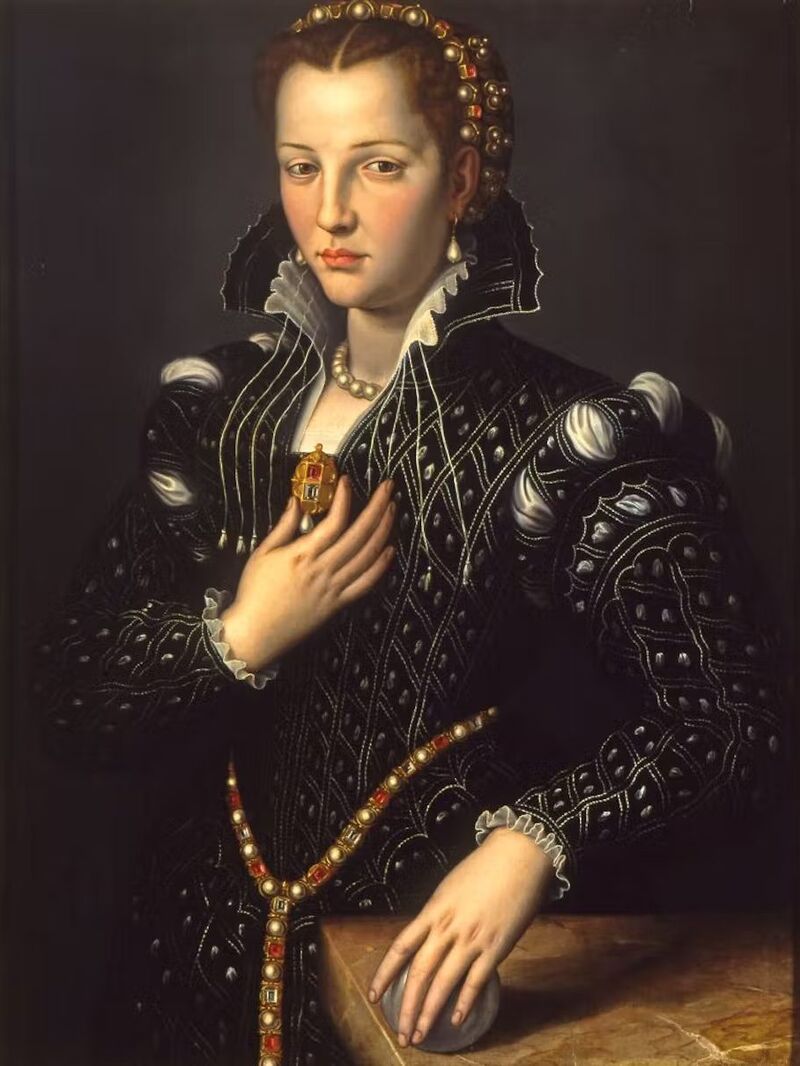 Identity, the artist, and #goblinmode
Identity, the artist, and #goblinmode Punk and her godmothers
Punk and her godmothers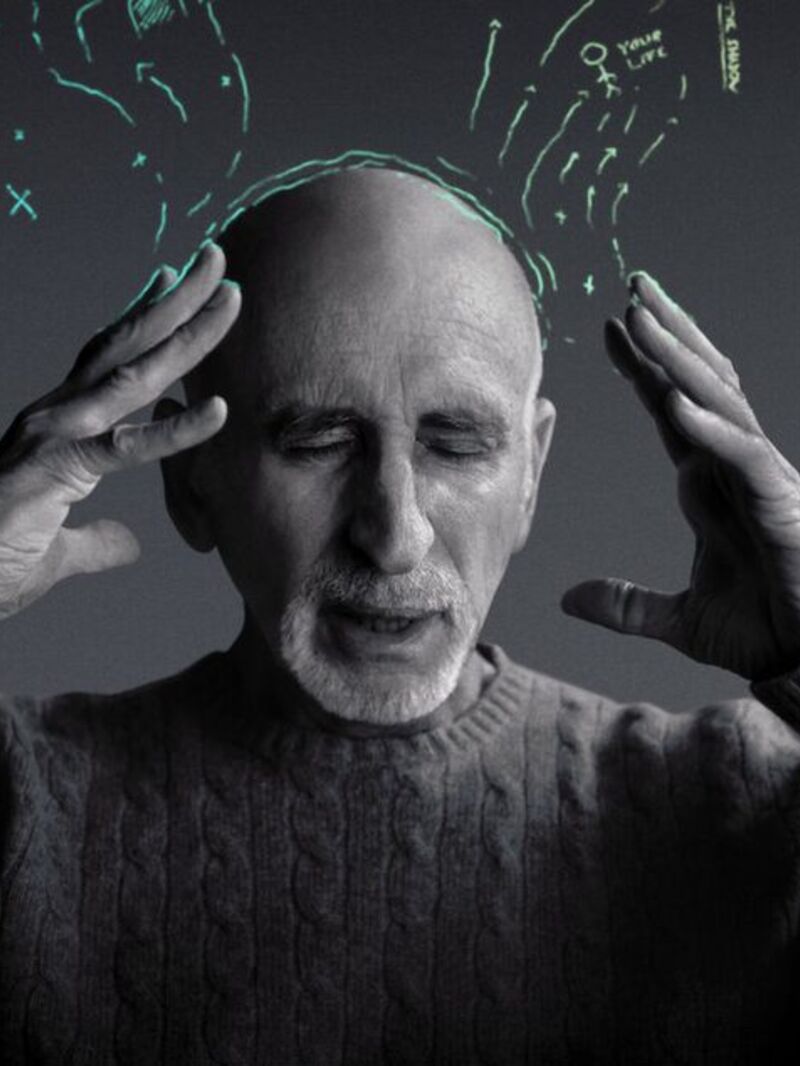 The ultimate journey – homecoming, heroes and wholeness.
The ultimate journey – homecoming, heroes and wholeness.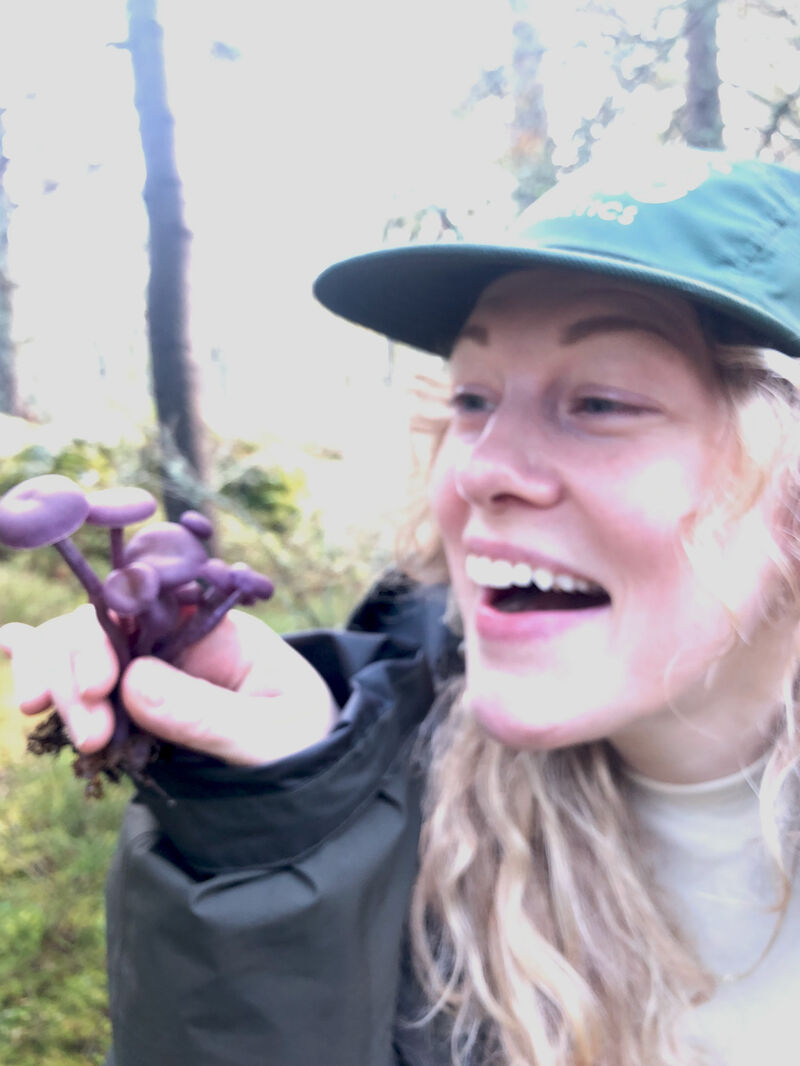 It’s mushroom month...
It’s mushroom month...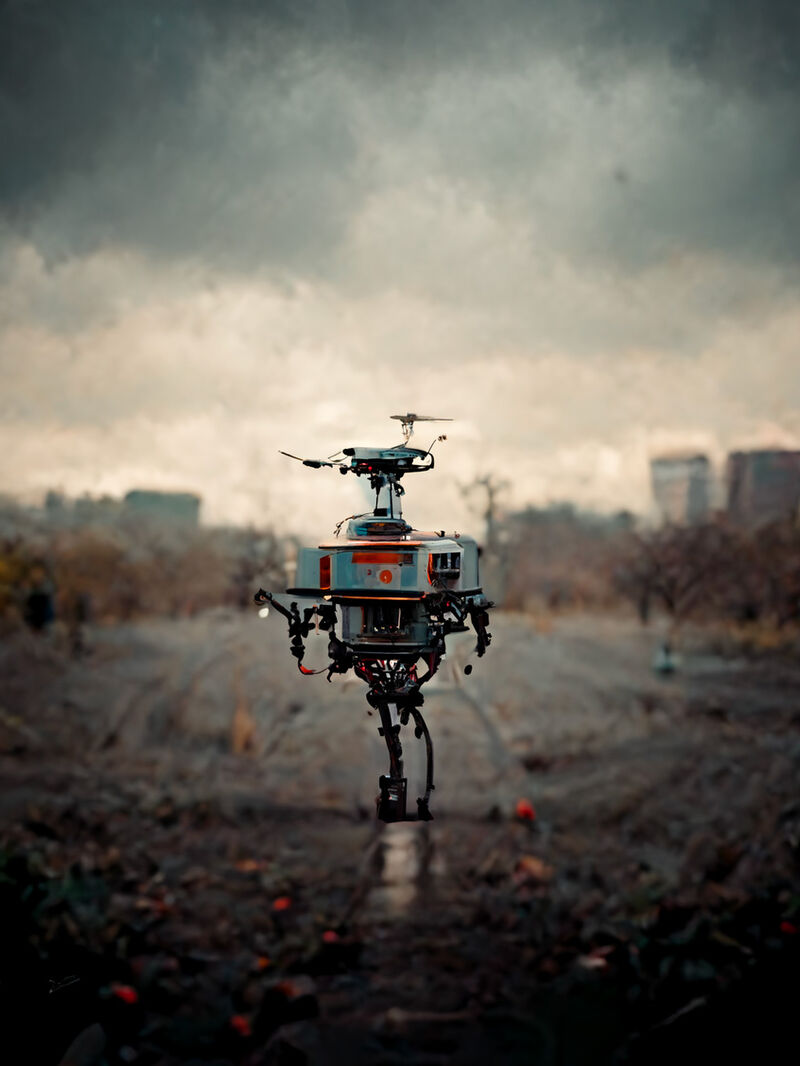 Robots, AI and artistry, oh my!
Robots, AI and artistry, oh my!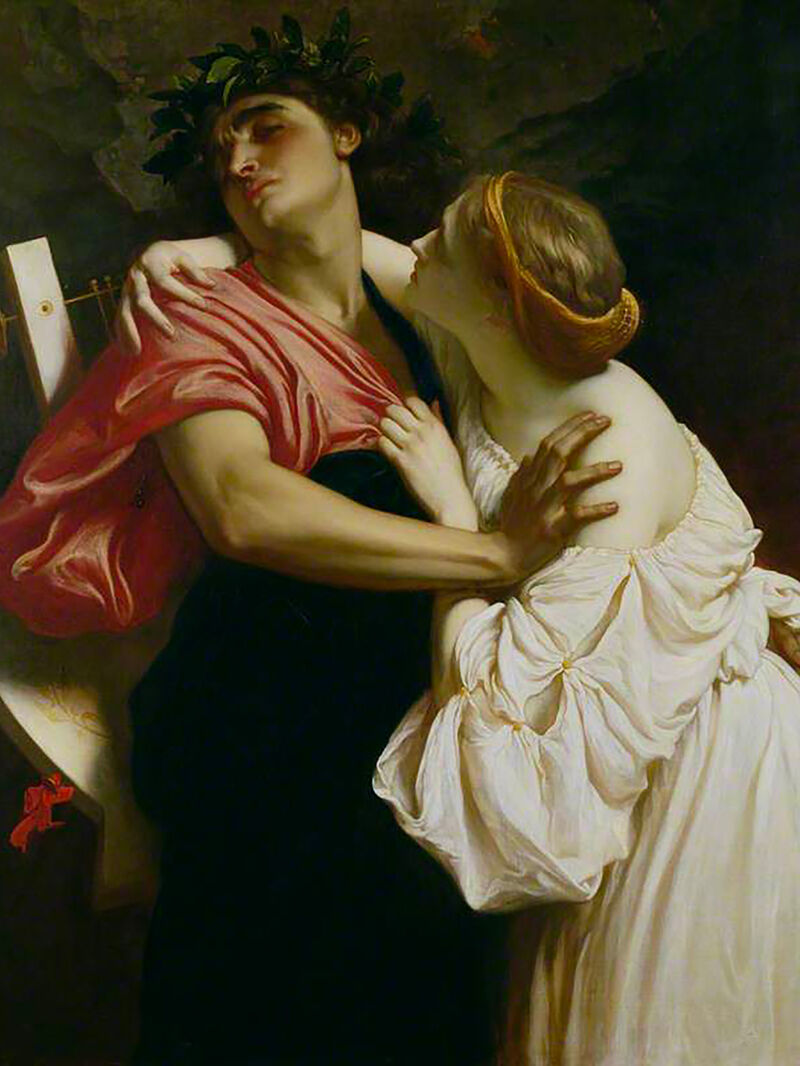 Longevity, love and memory...
Longevity, love and memory...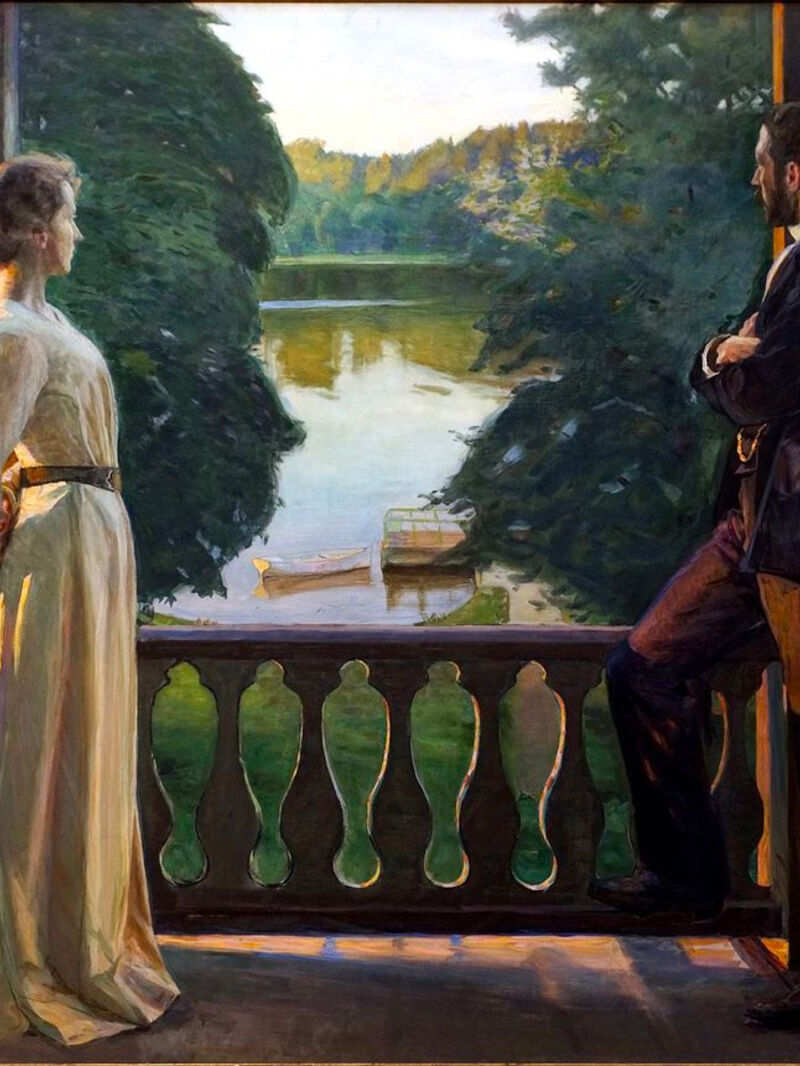 Summer, Freud and a sonnet...
Summer, Freud and a sonnet...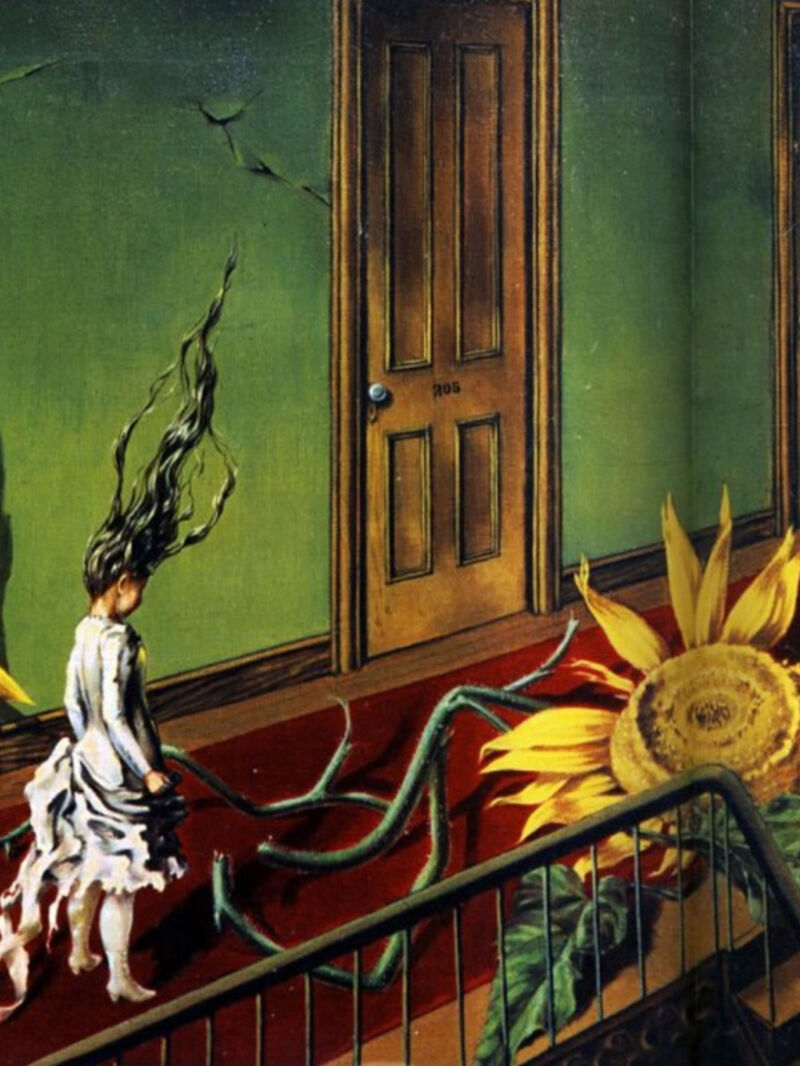 When surreal makes sense – exploring with Dorothea Tanning, Olga Tokaczuk and more...
When surreal makes sense – exploring with Dorothea Tanning, Olga Tokaczuk and more...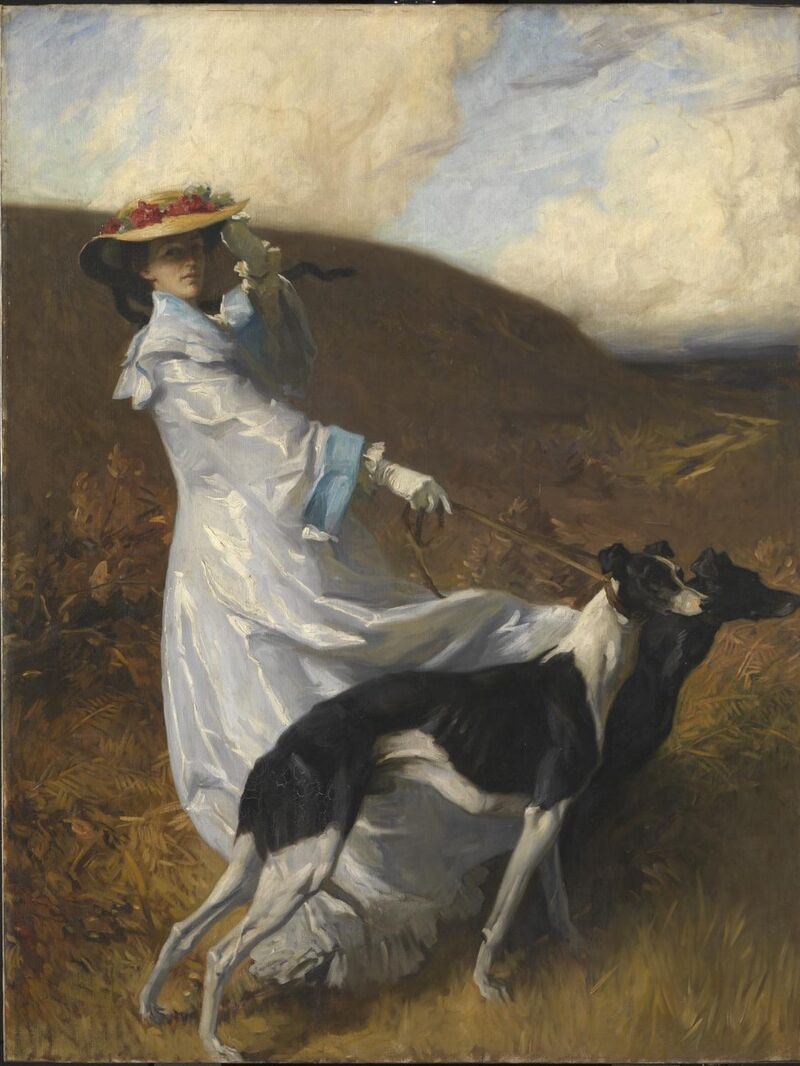 Twists and turns with Mary Oliver, Alan Watts and Astrid Lindgren...
Twists and turns with Mary Oliver, Alan Watts and Astrid Lindgren...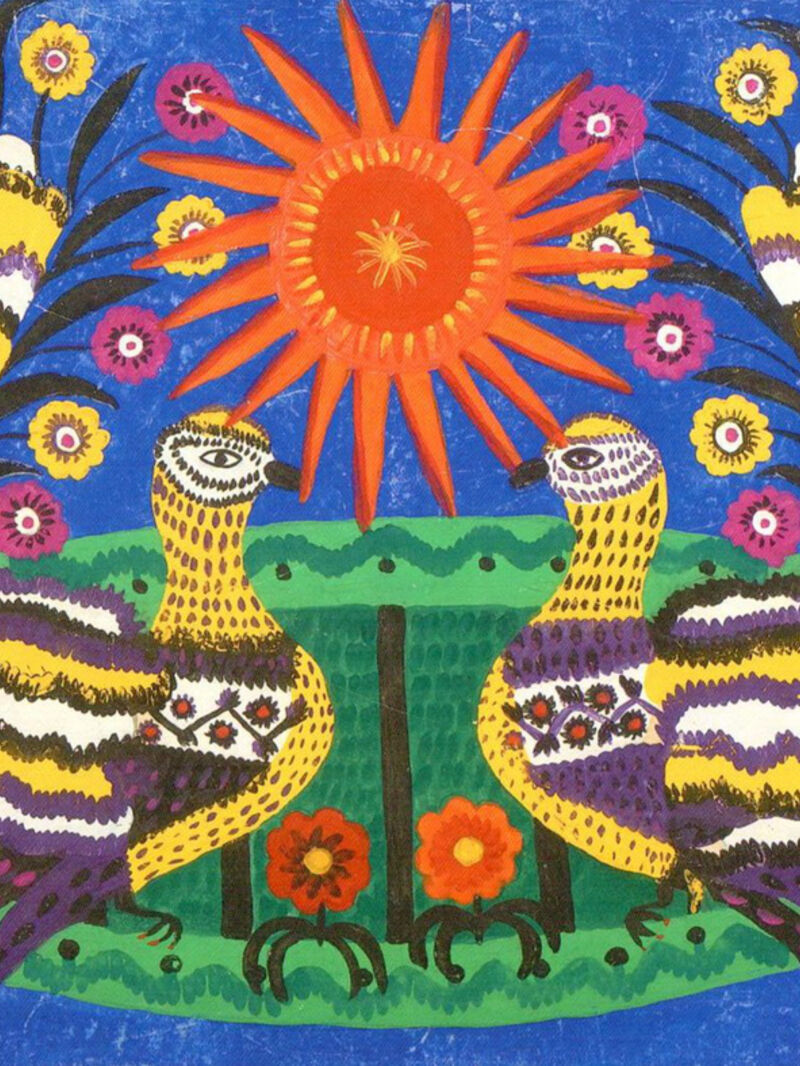 First flowers of spring: the need for beauty and hope at all times
First flowers of spring: the need for beauty and hope at all times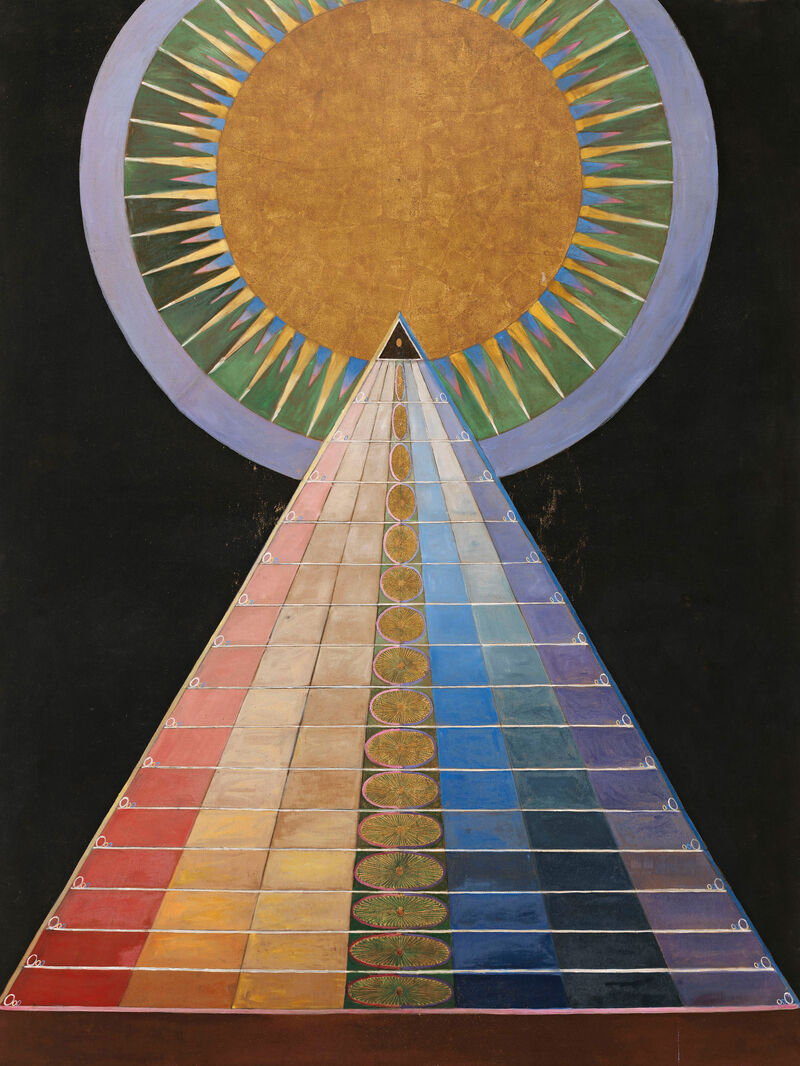 Defining reality, playing with illusion with Robert Frost, Hilma Af Kilnt and more...
Defining reality, playing with illusion with Robert Frost, Hilma Af Kilnt and more...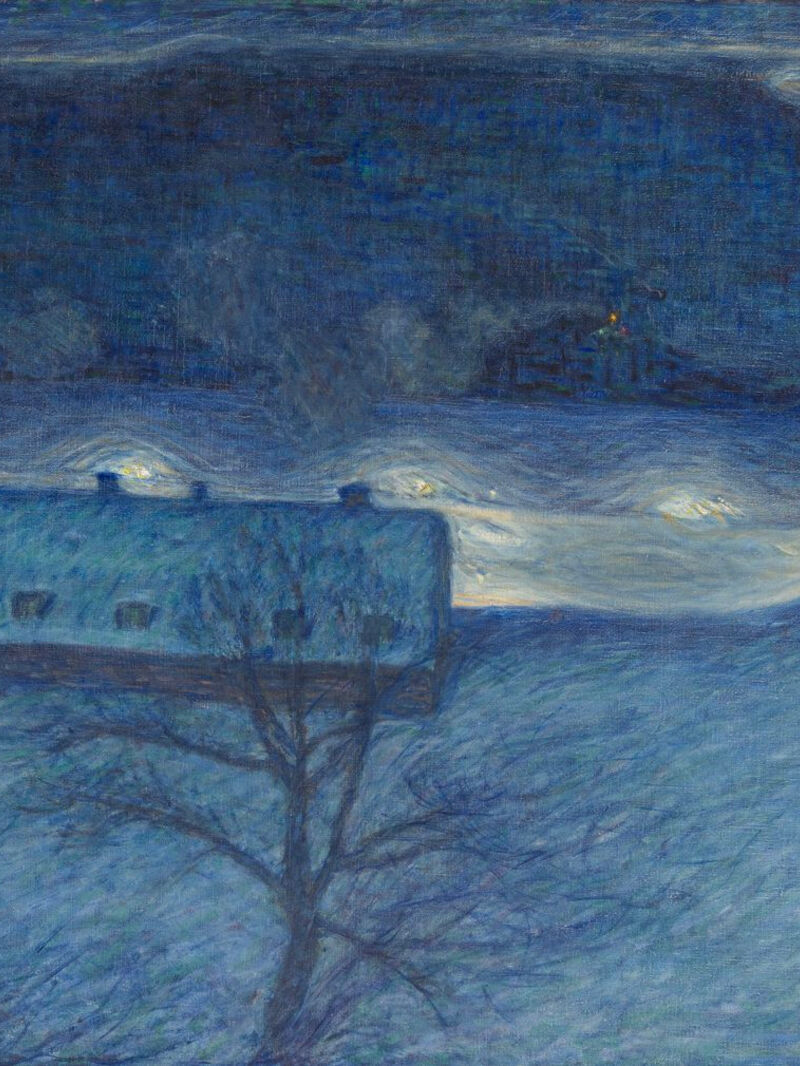 Celebrating the cycles of light and dark with Joan Didion, Danez Smith and more...
Celebrating the cycles of light and dark with Joan Didion, Danez Smith and more...